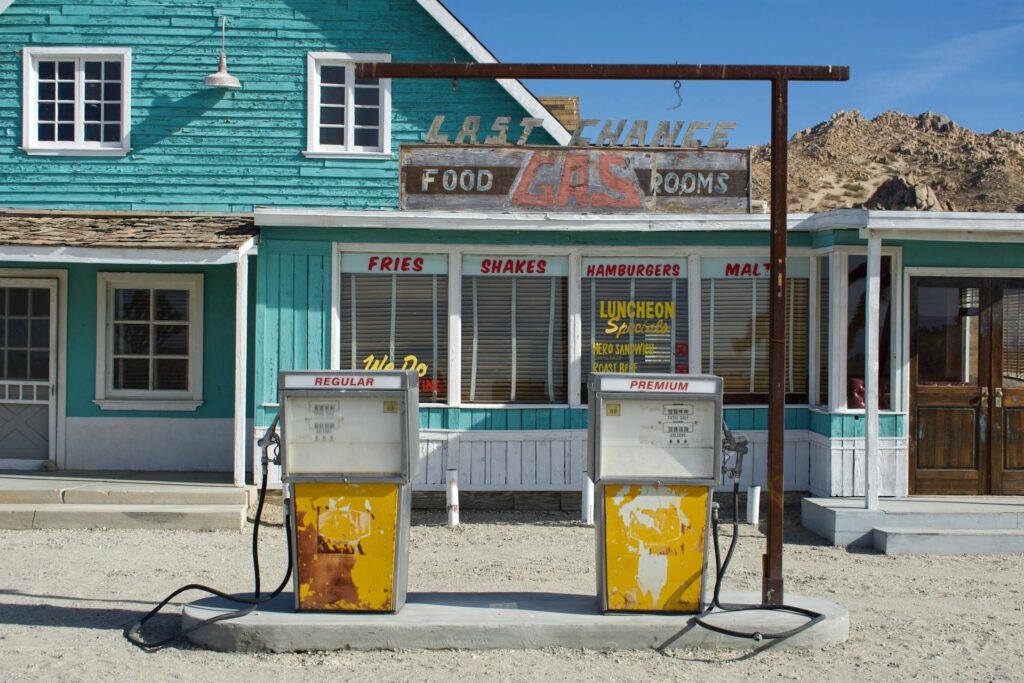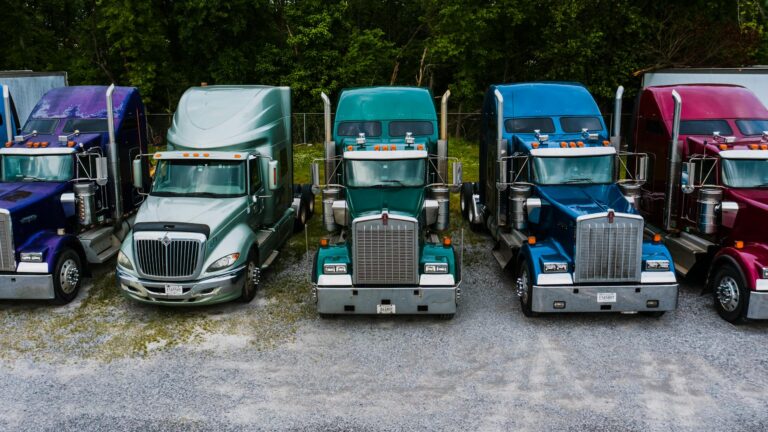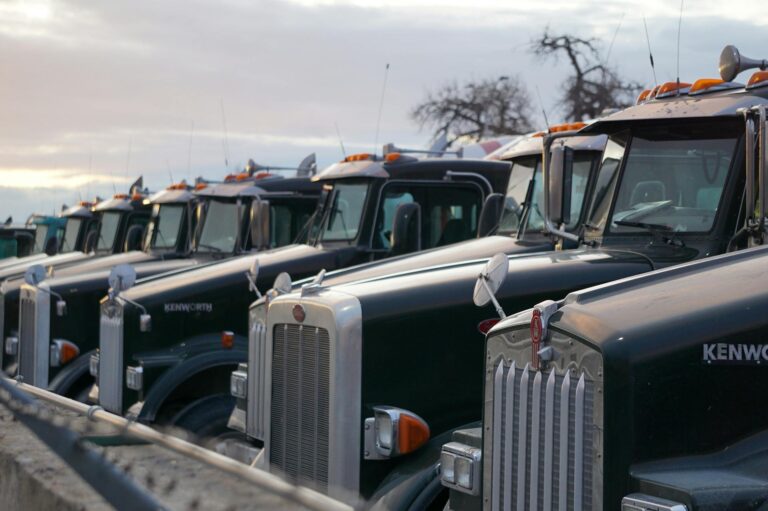
The summer of 2025 has brought another surge in diesel prices across the United States, and the effects are being felt across the entire auto transport industry. With diesel costs reaching over $5.20 per gallon in many regions, car haulers, brokers, and dealerships alike are adjusting to rising operational expenses and volatile shipping rates.
Here’s a breakdown of how fuel prices are reshaping the car shipping market this season.
What’s Driving Diesel Prices in Summer 2025?
Several factors are contributing to the ongoing price spike:
- Global oil supply disruptions due to geopolitical tensions in the Middle East.
- Reduced refinery capacity in the U.S. Gulf Coast after last year’s hurricane season.
- A stronger summer travel season, pushing demand for fuel higher.
- Carbon pricing and clean fuel initiatives in states like California and Washington.
As a result, the national average for diesel is up 18% compared to summer 2024.
How Higher Diesel Costs Affect Auto Haulers
1. Increased Per-Mile Costs
Fuel represents one of the biggest ongoing expenses for car haulers. When diesel rises:
- Cost-per-mile increases by $0.15 to $0.25 depending on the route.
- Long-distance vehicle shipping becomes significantly more expensive.
- Smaller haulers operating older trucks without fuel optimization tech suffer the most.
2. Dynamic Pricing for Car Shipping
Many car shipping companies now use fuel surcharges to offset rising fuel costs. These surcharges are often:
- Added on top of base rates, especially for state-to-state car shipping.
- Indexed to regional fuel reports (EIA fuel index).
- Negotiated weekly or monthly with brokers and dealers.
3. Route Optimization and Load Consolidation
To combat high fuel expenses, auto transporters are:
- Consolidating shipments from multiple dealers or auctions into single hauls.
- Using digital vehicle transport platforms for smarter dispatching.
- Avoiding inefficient backhauls by matching return loads in real-time.
Impact on Dealers and End Customers
Dealers are now seeing:
- Increased delivery costs from shippers, passed down to end buyers.
- Pressure to choose cheap car shipping options even if delivery times increase.
- Growing interest in terminal-to-terminal transport over door-to-door service to reduce mileage and fuel usage.
Some dealerships are renegotiating long-term shipping contracts or working only with regional car transport companies to limit exposure.
How Brokers and Fleet Managers Are Responding
Brokers are:
- Repricing quotes every few days to reflect fuel swings.
- Building preferred lists of fuel-efficient carriers.
- Encouraging use of multi-vehicle loads for volume discounts.
Fleet managers are:
- Investing in aerodynamic trailers and idle-reduction technologies.
- Implementing stricter dispatching strategies based on mileage vs. revenue calculations.
Strategies to Stay Competitive in a High-Fuel Market
- Use fuel-efficient routes and avoid congested metro areas.
- Upgrade to modern trucks with lower fuel consumption.
- Track fuel costs vs. rate margins weekly to maintain profitability.
- Partner with tech-enabled brokers who understand the latest market shifts.
Final Thoughts
Fuel volatility isn’t new – but 2025’s diesel prices are creating lasting changes in the auto transport industry. From car carriers to dealerships, everyone in the vehicle shipping ecosystem needs to stay agile, transparent, and data-driven to navigate this fuel-driven summer market.




